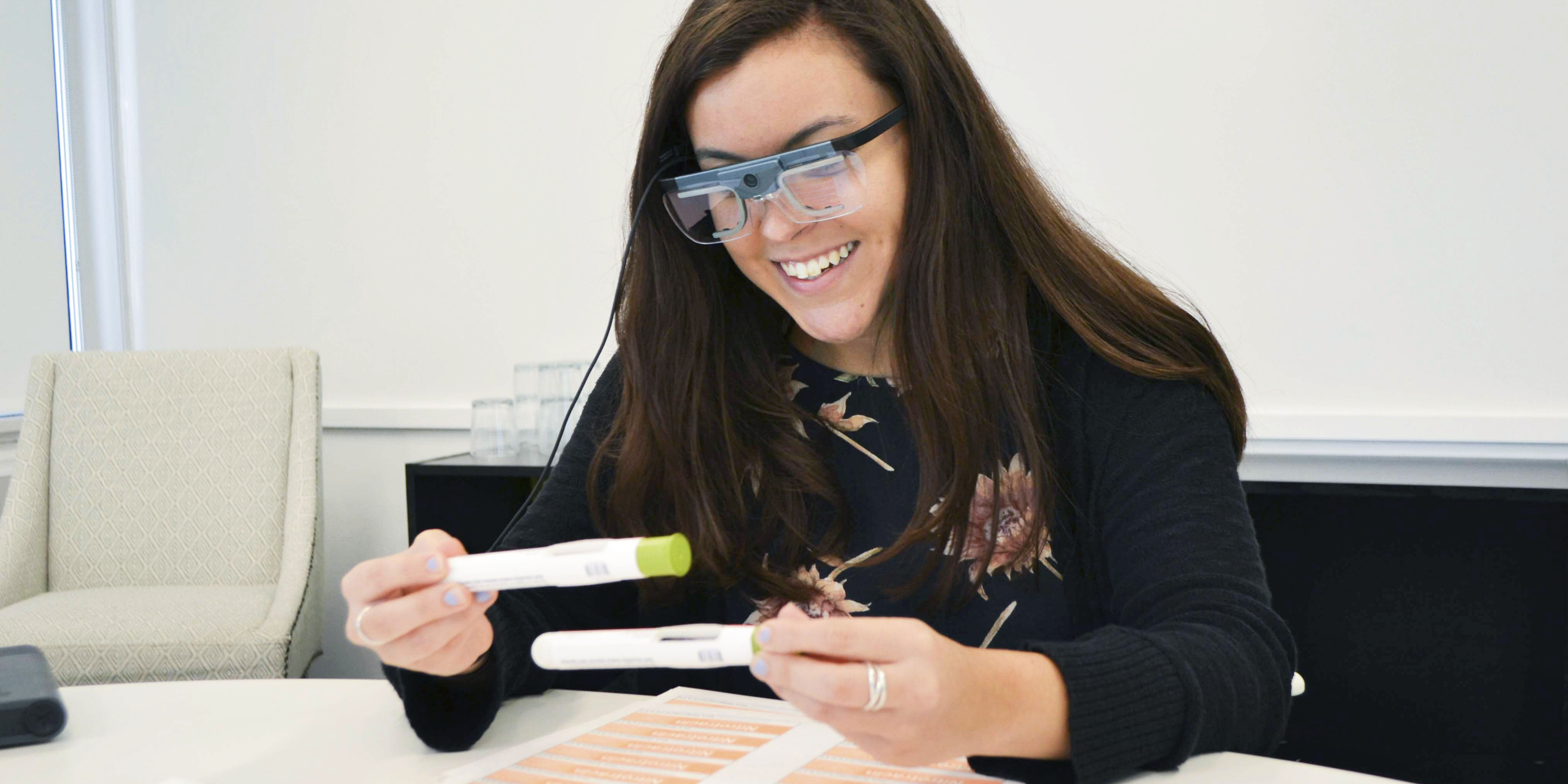
While a high methodological rigor in the selection and analysis of the visual stimuli was apparent, only a few studies have provided a complete documentation of the technological implementation (e.g., movement restrictions, accuracy, and calibration information) and a theoretical embedding for interpreting eye-tracking data. The results reveal that although eye tracking has been used in many different areas of physics, a clear focus on mechanics is evident, particularly for measuring visual attention in assessment scenarios like problem solving. We identified 33 journal articles, published between March 2005 and April 2021, that used eye tracking for original empirical research in the area of physics education. The main objective of this systematic review is to summarize the current status quo regarding eye tracking in PER and reviewing (a) the dissemination, (b) the methodological implementation, and (c) the insights provided by eye tracking in PER. As technology has advanced considerably in recent years and has become more user friendly, it is anticipated that eye tracking will play an increasingly significant role in assessing student learning at the process level in future studies. There is a high commitment by all participating teams, to provide facilities at their institute, and to make this effort for knowledge exchange.Eye tracking is becoming increasingly popular in physics education research (PER). Once we have identified the most promising approaches and the most important conceptual shortcomings, we will organize frequent exchanges via seminars, meetings, and in particular short research stays. We will work around pre-defined topics/problems, which should streamline the progress.
#ITRACKING RESEARCH SERIES#
The proposed network aims to achieve this goal by stimulating collaborations in two steps: We will start off with a series of methodological workshops that allow the direct interactions of all participants. We therefore expect that we will jointly bring this field to a next level. Working with such a divergent team is an enormous opportunity.

On the other hand, we will also have the opportunity to immediately apply novel approaches to some of the most unique big movement data sets. Having also partners that collect(ed) similar animal tracking data sets guarantees on the one hand that we can keep the focus on the urgent questions, and can develop relevant novel topics. Bringing together movement ecologists with researchers working on very different topics but with similar approaches seemed us to be a very fruitful and effective approach to synergize our search for knowledge gain. We aim with this Scientific Research Network to establish a network that allows to simultaneously exchange ideas between partners that we have selected based on their expertise in at times distant topics such as geographical sciences, biostatistics or computer learning. IOC Vancouver 2018) and seminars, it was clear that several groups are interested in similar topics, while encountering nearly identical challenges when analysing and interpreting their data. Thus, when presenting and discussing our data at conferences (e.g.

Furthermore, we realized that there are a number of renowned research teams that collect(ed) movement at similar scales as we have - just on different study species. It became quickly evident that relevant analytical concepts may already exist even though they have been developed for very different purposes and in very different research areas. Given the increasing complexity and the huge amount of data we collect every day, the development of novel analytical approaches became more and more important. Subsequently, additional collaborations were initiated with researchers based at the Research Institute for Nature and Forest (INBO) and Flanders Marine Institute (VLIZ). However, quickly it became clear that the application of GPS trackers -a collaboration with the University of Amsterdam- was not only an excellent tool to address behavioural ecological questions, but as birds were tracked throughout the whole annual cycle, we also obtained extremely detailed and fascinating data on foraging specialisation, individual niche variation, migratory strategies and insights into adaptations to global change.

This project initially focused on behavioural and evolutionary ecological aspects of senescence and parental care in lesser black-backed gulls. In 2013, a collaboration started between the University of Antwerp and Ghent University that centred around a joint FWO project.


 0 kommentar(er)
0 kommentar(er)
